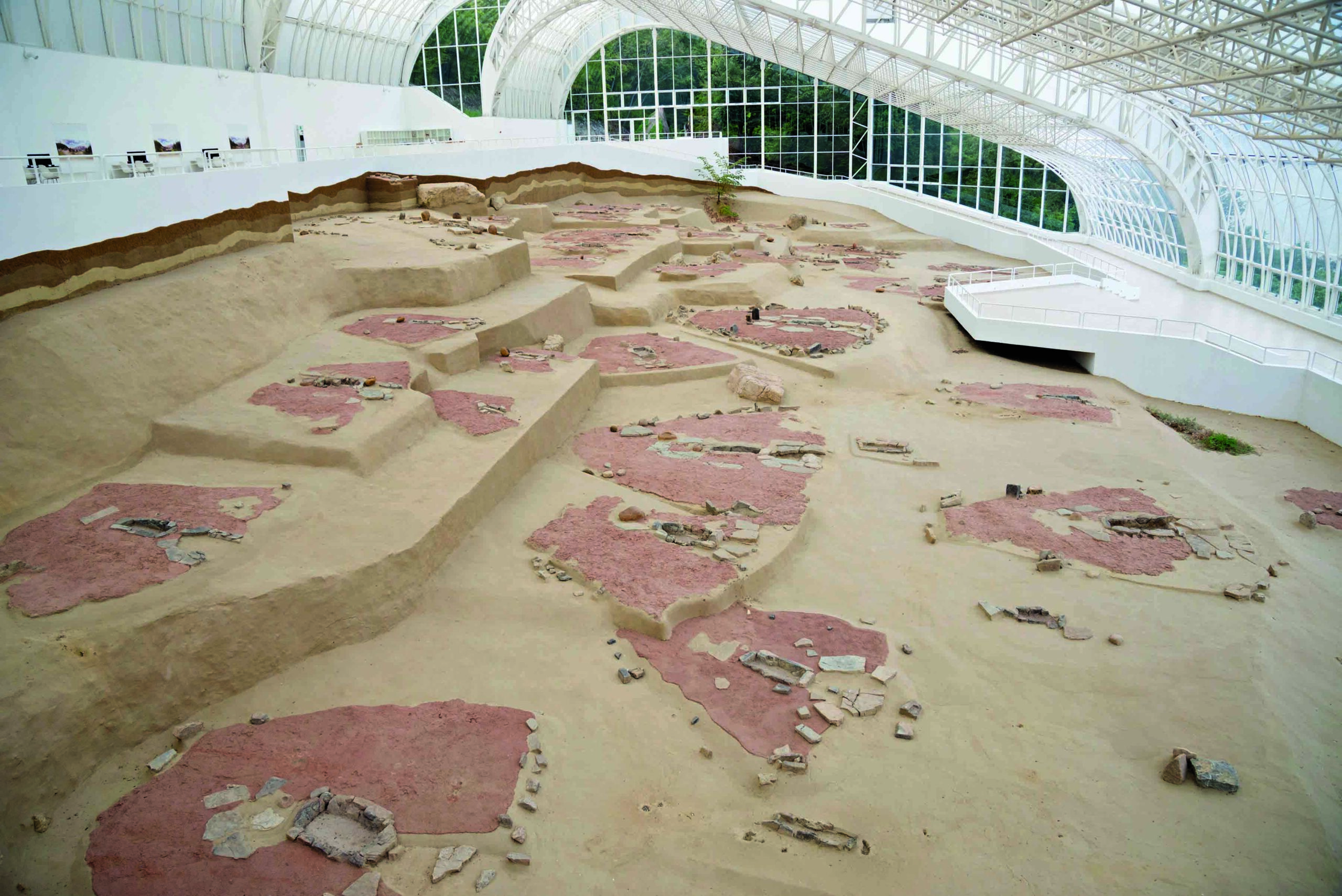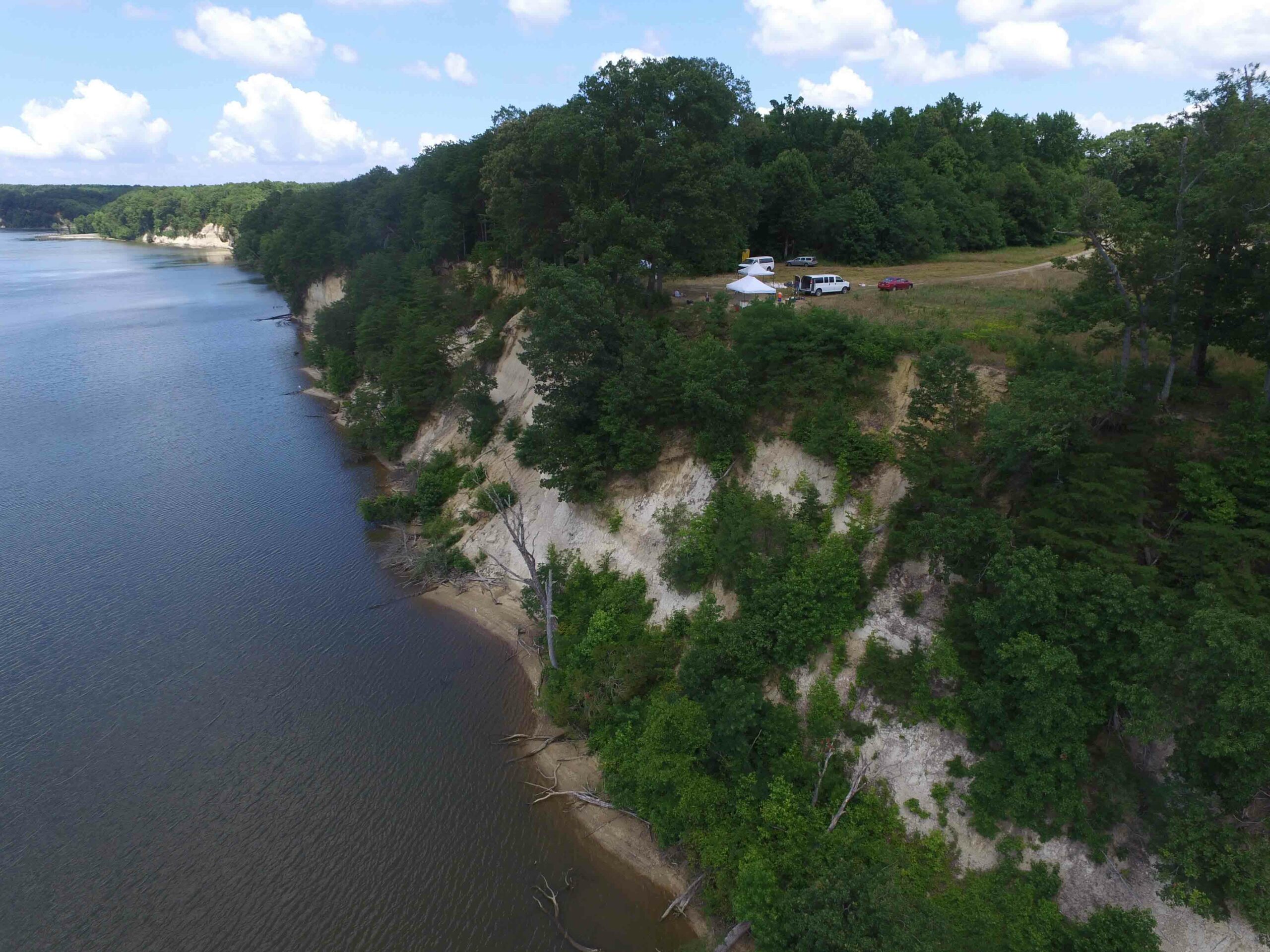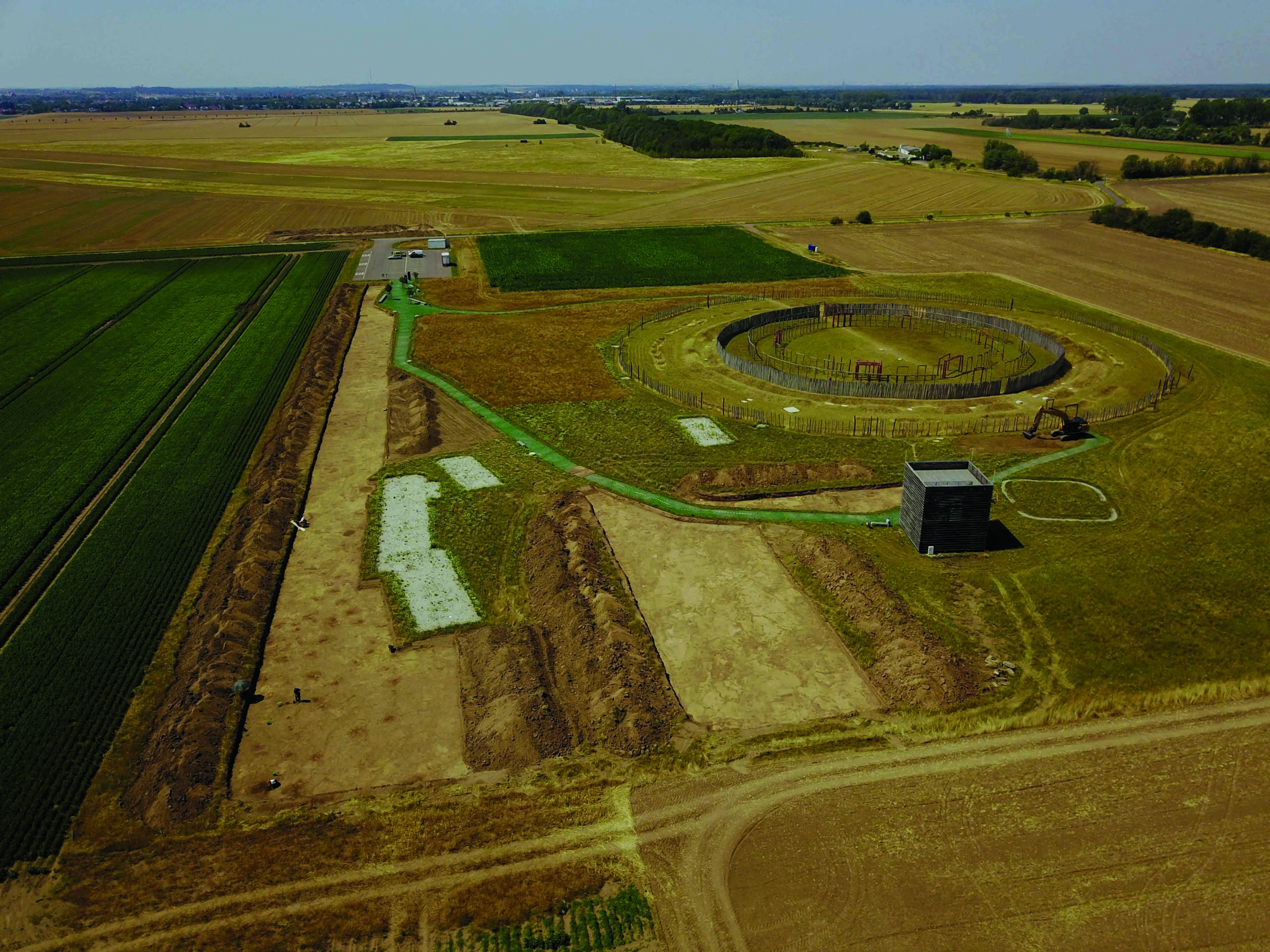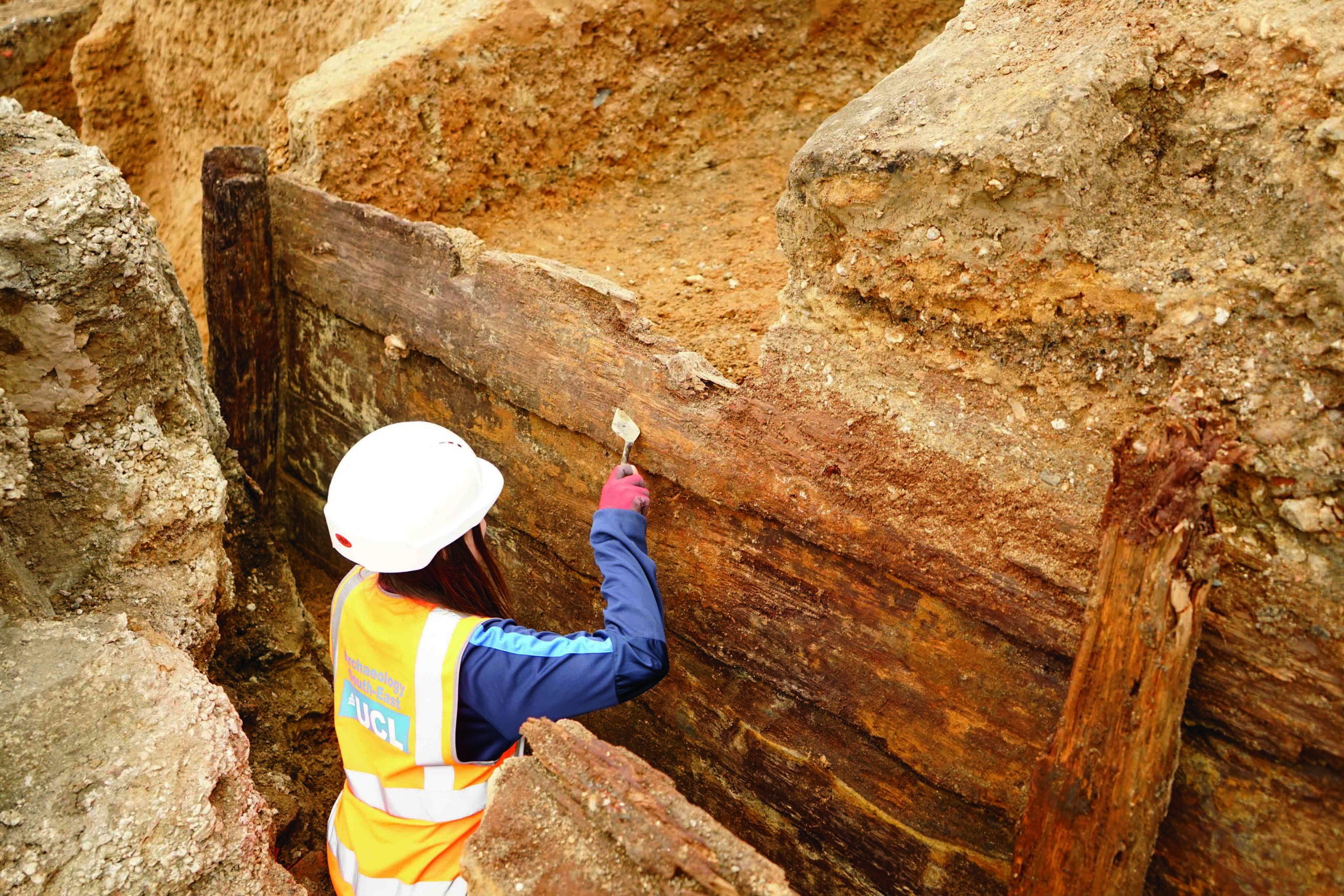HAMBURG, GERMANY—Stuff.co.nz reports that the remains of Sergeant Henry Pullar of the Royal New Zealand Airforce have been unearthed and identified in Germany. Pullar was rear gunner on a British Short Stirling heavy bomber that was shot down in northwestern Germany in 1942. All six on board were lost when the plane crashed into the ground, tail first. The human remains, along with the tail section of the plane, were found under more than 16 feet of earth during construction work by archaeologists from the Lower Saxony State Office for Cultural Heritage and researchers from Hamburg-Eppendorf University Hospital, where the identification was confirmed with DNA testing conducted by biologist Oliver Krebs. Pullar’s remains and the recovered remains of four other crew members were buried at Rheinberg War Cemetery, where the pilot was buried. His body had been thrown from the plane just before the crash. “It’s a privilege to have found him [Pullar] after all this time, and to have closure when so many didn’t,” said Pullar’s niece, Pam Compton. To read about the search for remains of an American pilot whose plane was shot down on D-Day, go to "Letter from Normandy: The Legacy of the Longest Day."
New Zealand Airmen’s Remains Identified in Germany
News March 7, 2021
SHARE:
Recommended Articles
Digs & Discoveries November/December 2025
The Egyptian Sequence

Garstang Museum of Archaeology, University of Liverpool

(AdobeStock)
Digs & Discoveries March/April 2023
Closely Knit

(Courtesy Sharon Clough/Cotswold Archaeology)
Digs & Discoveries January/February 2023
Farmers and Foragers

-
 (Pasquale Sorrentino)
(Pasquale Sorrentino) -
Features January/February 2021
Return to the River
Members of Virginia’s Rappahannock tribe are at work with archaeologists to document the landscape they call home
 (Courtesy Julia King)
(Courtesy Julia King) -
Letter from Woodhenge January/February 2021
Stonehenge's Continental Cousin
A 4,000-year-old ringed sanctuary reveals a German village’s surprising connections with Britain
 (Photo Matthias Zirn)
(Photo Matthias Zirn) -
Artifacts January/February 2021
Inca Box with Votive Offerings
 (Courtesy Teddy Seguin/Université Libre de Bruxelles)
(Courtesy Teddy Seguin/Université Libre de Bruxelles)


